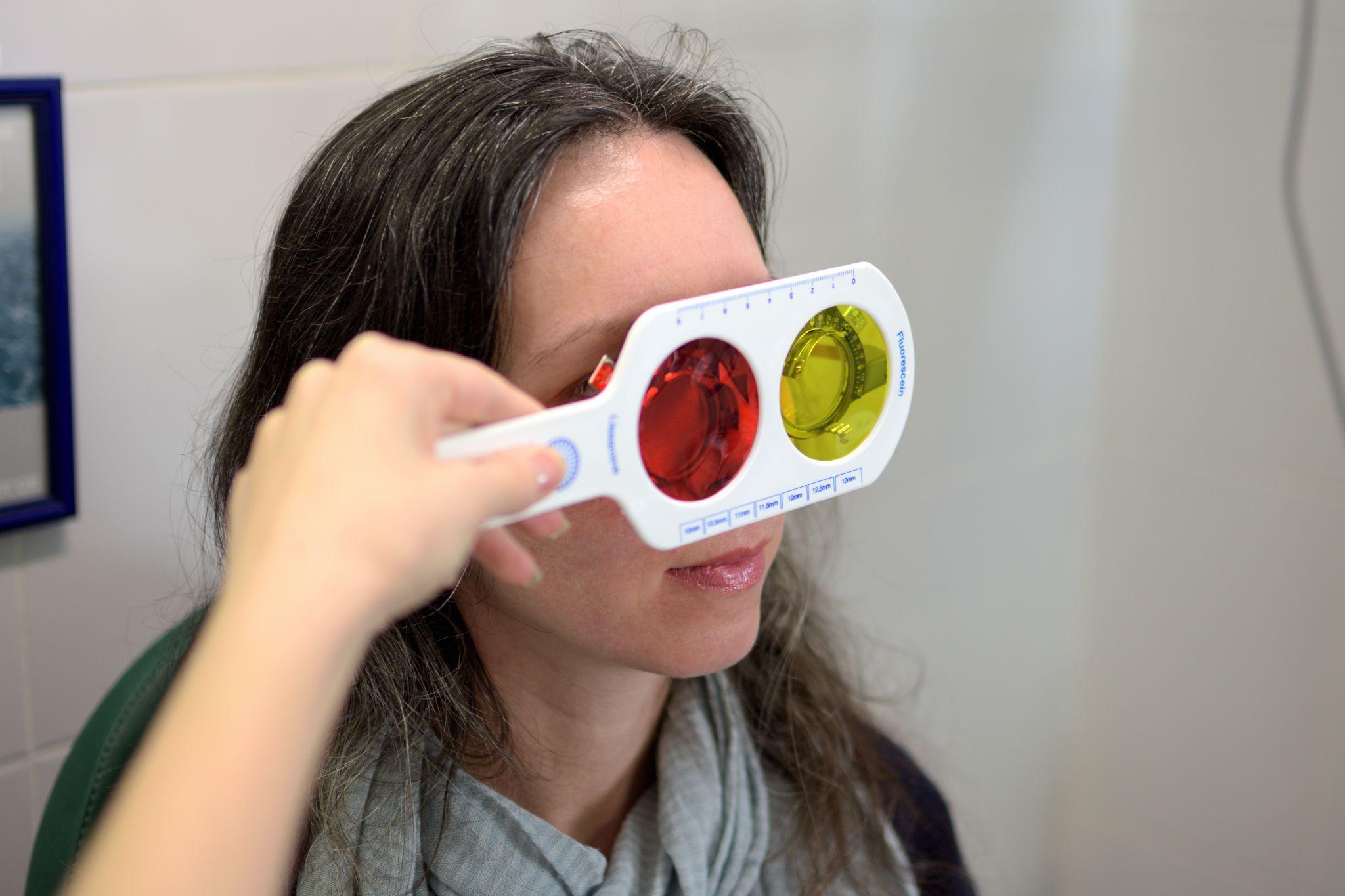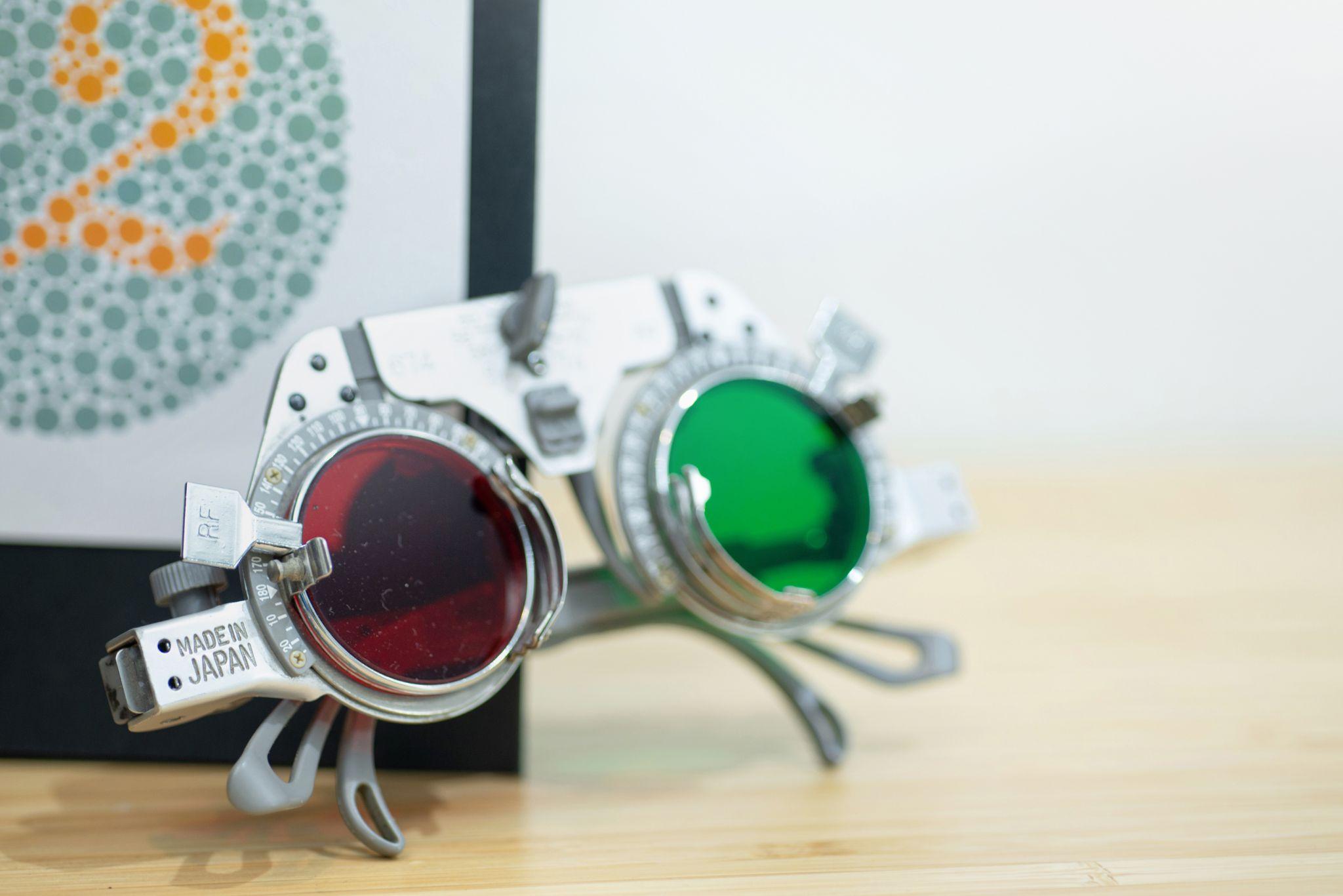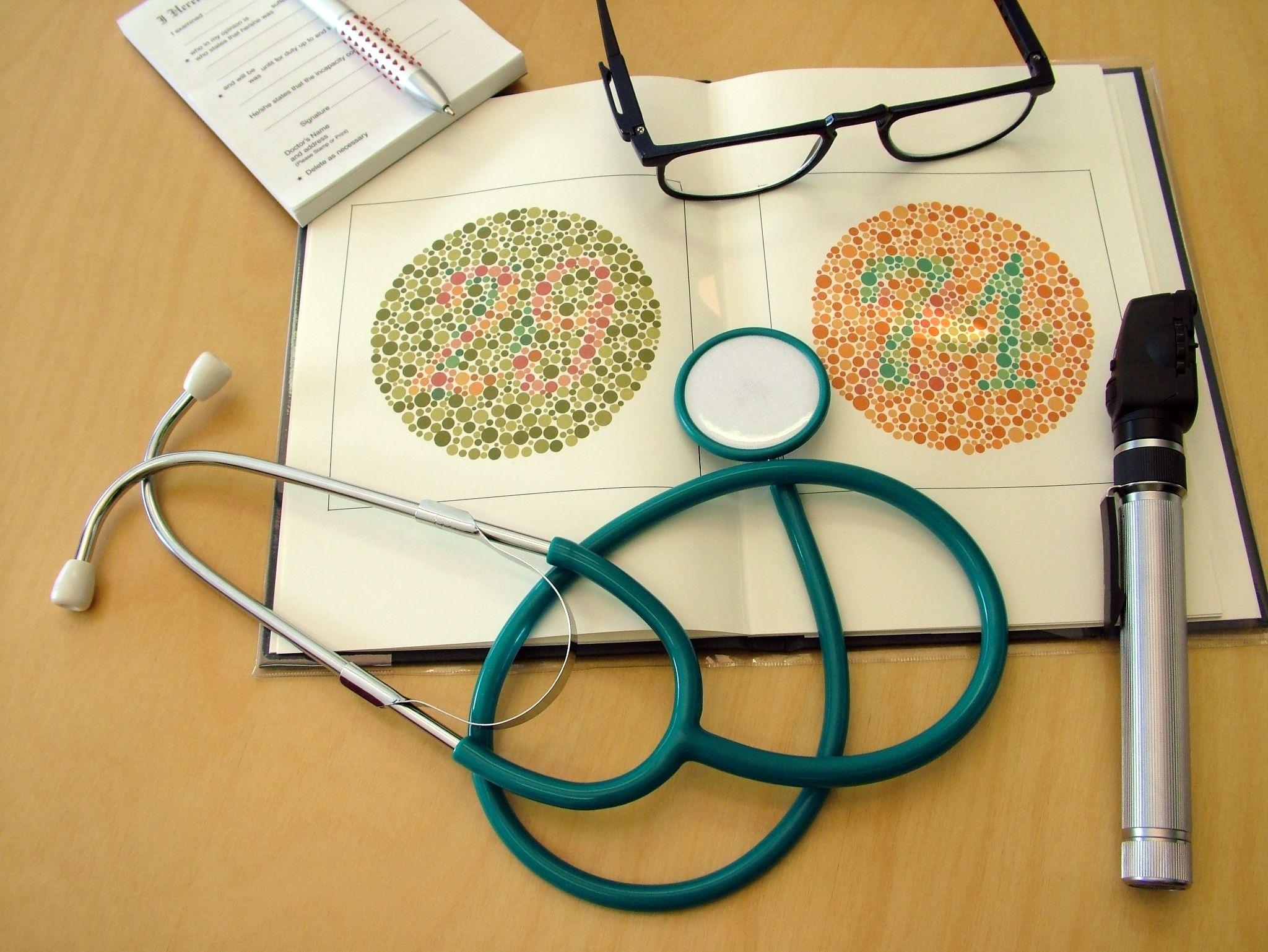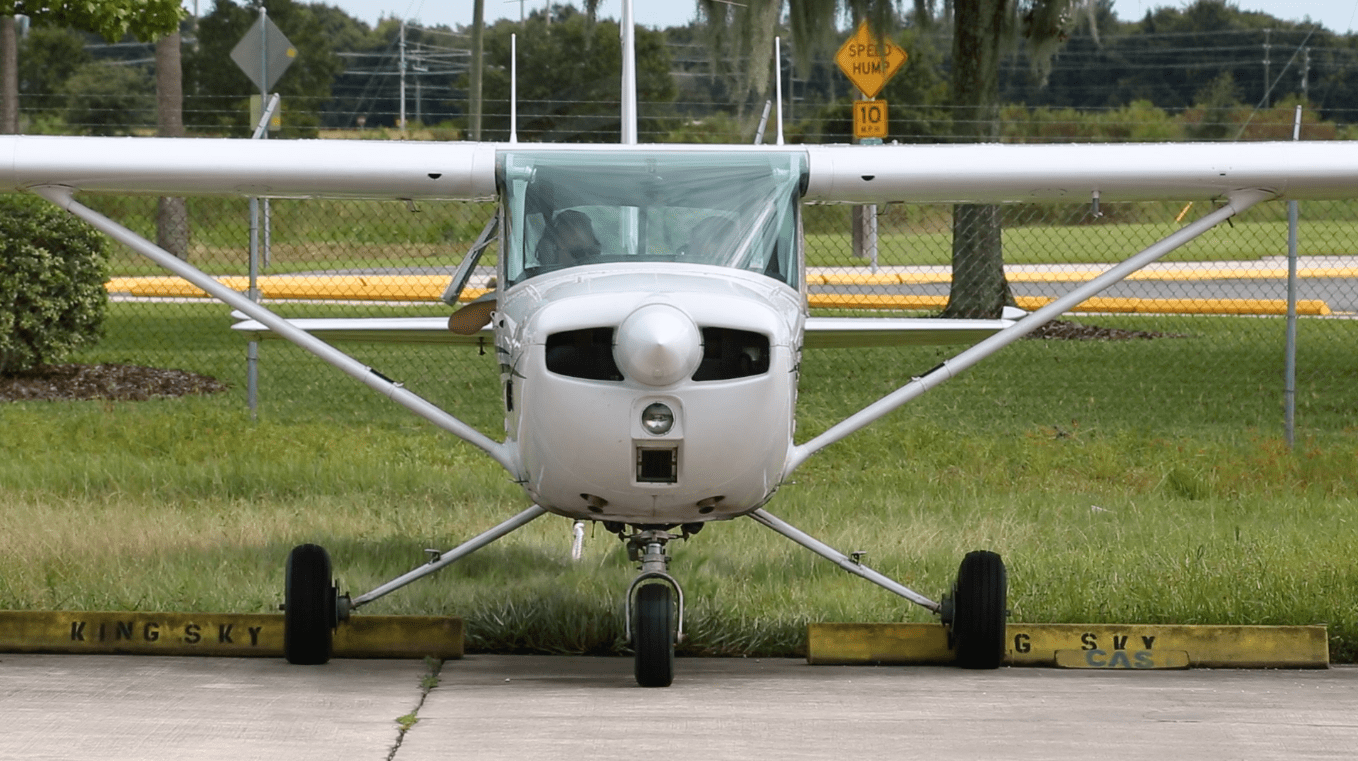Color blindness affects about 8% of men and 0.5% of women in the U.S.1 While this condition presents some life challenges, most people can successfully manage these with corrective lenses or technology, including phone apps, that help them recognize the colors they might otherwise miss.
Can you be a pilot if you are colorblind? The short answer is yes. If you otherwise qualify for a pilot’s certificate, you can fly as a colorblind pilot, with some restrictions on your license. For the latest regulations on requirements and accommodations for colorblind pilots, please check the current FAA documentation.
What Is Color Blindness?

Color blindness, or color vision deficiency, is a medical condition that affects the ability to perceive certain colors or differentiate between them. It is usually caused by genetic factors, but can also be the result of illness or injury. There are different types of colorblindness, and the condition can be mild or severe.2
Those with complete color blindness may also have decreased visual acuity and difficulty seeing clearly in bright environments. There is no cure for the condition, but special lenses can help those with certain types of color blindness to perceive those colors needed to read traffic or signal lights.
The 3 Types of Color Blindness

There are at least three types of color blindness that affect vision differently. When asking “Can pilots be colorblind?” much will depend on the kind of colorblindness and how severe it is. The major types of colorblindness are:3
- Deutan color blindness. Deuteranopia causes red and green to look the same, leaving the ability to perceive only blue, yellow, and orange.
- Protan color blindness. Protanopia also causes red and green to be confused, leaving blue, yellow, and violet as the colors that can be seen clearly.
- Tritan color blindness. Tritanopia causes blue to be confused with red and green, and only black and white colors may be clearly distinguished.
Red-green colorblindness is also called dichromatic, while blue-yellow color blindness is known as dichromacy. The medical name for total color blindness, where only shades of gray can be perceived, is achromatopsia.
Color Vision Requirements for Pilots

FAA requirements state that in order to receive medical certification, pilots must have “the ability to perceive those colors necessary for the safe performance of airman duties.” As part of receiving your pilot’s license, you must pass an aviation medical exam.
- Airline pilots (ATP Certificate) must have a First Class Medical Certificate.
- Commercial pilots must have a Second Class Medical Certificate.
- Private pilots can fly with a Third Class Medical Certificate.
As part of your medical exam, the Aviation Medical Examiner (AME) will use standard color vision testing methods to determine if you have a color deficiency that might prevent you from recognizing signal light colors. If you pass the other parts of the medical examination but are found to have a color perception deficiency, you will receive a Third Class medical certificate marked with the following limitation: Not Valid for Night Flight or by Color Signal Control.
This is all you need if you want to be a private pilot and don’t need to fly at night. For most people who want to be a professional commercial or airline pilot, however, this restriction can put a stop to your career plans. Can you be a colorblind pilot and go beyond the private pilot license? In many cases it may be possible to pass additional tests and upgrade your medical certificate to first or second class.
FAA Alternate Vision Testing for Color Blindness

If you already know you have color blindness before you go in for your AME exam, work with your optometrist or ophthalmologist to see if you can pass alternate color plate tests. Options include Ishihara tests and the Dvorine second edition plate tests. If you have a mild color vision deficiency and can pass these alternate tests, you will need to bring a letter from your vision specialist to your AME that states the type of vision test you took and your passing results.
If you cannot pass the alternate tests, there is still a waiver process you can follow to try to lift the restrictions on your medical certificate and pilot license, although this is determined on a case by case basis:
- You can take the Operational Color Vision Test (OCVT) with an FAA aviation safety inspector. It includes a signal light test at an airport and a practical test identifying the colors on aeronautical charts. Passing will grant you a 3rd Class Letter of Evidence (LOE)
- To upgrade to a first or second class medical certificate, you will need to successfully complete a color vision medical flight test (MFT) and demonstrate your ability to visually identify aeronautical lights by location, color, and significance.
As previously stated, it is imperative to check the latest FAA Alternate Vision Testing guidelines as well as consult with your optometrist or ophthalmologist to discuss passing any alternate colorblind test.
Learning to Fly as a Color Blind Pilot

Even if you have less than perfect eyesight or serious color blindness, you can learn to fly and earn a private pilot’s license. With the right training and support, you can learn to navigate safely and fly yourself and non-paying passengers during daylight hours.
At Kingsky Flight Academy, we have 60 years of combined flight experience and 300+ sunny days for your fast and safe flight training journey. We have qualified instructors, simulators, and all the resources our students need to pass their exams and let their careers take flight. Enroll today and get your dreams off the ground tomorrow!
Sources:
- https://www.aopa.org/news-and-media/all-news/2012/january/01/answers-for-pilots-color-vision
- https://www.nei.nih.gov/learn-about-eye-health/eye-conditions-and-diseases/color-blindness
- https://www.covisn.com/can-you-be-a-pilot-if-you-are-colorblind/
- https://www.faa.gov/about/office_org/headquarters_offices/avs/offices/aam/ame/guide/media/synopsis.pdf
